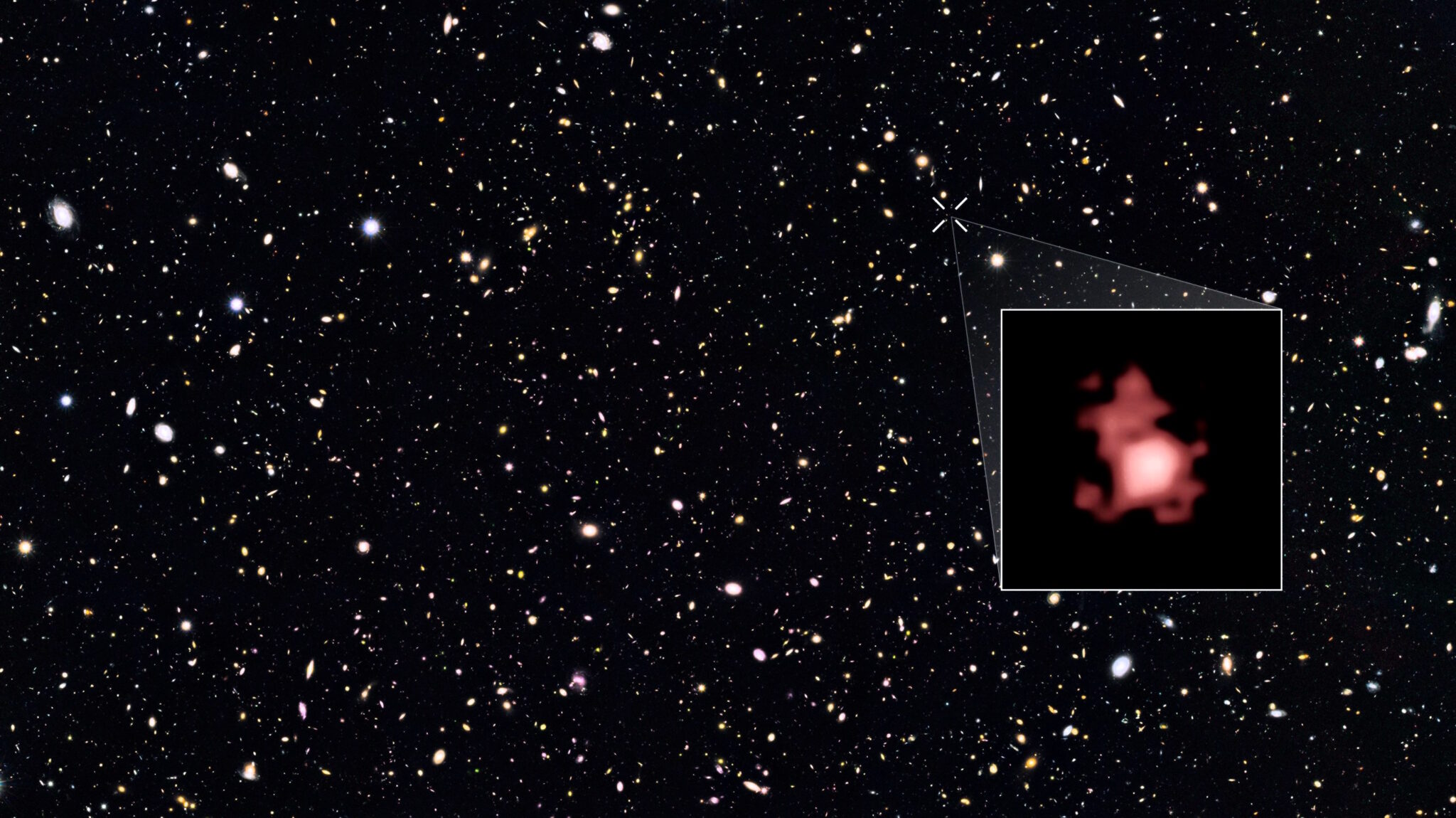A research team has discovered the oldest black hole in the early Universe, which has raised new questions about how such ancient massive objects form. This black hole appeared about 400 million years after the Big Bang, which marked the beginning of our universe. The universe has existed for about 13.77 billion years.

The black hole formed in the galaxy GN-z11, which is one of the most distant in the universe. The size of GN-z11 is only 1% of the size of the Milky Way. This ancient black hole is at its center. The results of the study are published today in the journal Nature.
Black holes are one of the most mysterious objects in the universe. These objects are massive bodies with huge gravitational fields that attract matter from outer space. The problem with studying them is that we cannot observe what is happening beyond the event horizon — a barrier from which nothing, not even light, can escape. Galaxies are forming around these supermassive black holes, including our own. Their gravity also creates gravitational waves that spread through space, stretching it at an imperceptible level.
It was commonly believed that black holes formed when large stars collapsed into themselves. However, if this discovered black hole formed in the traditional way, it would take billions of years. Because it appears to be 400 million years younger than the universe, the researchers argue that standard models of black hole formation need to be revised.

“It’s very early in the Universe to see a black hole this massive, so we’ve got to consider other ways they might form. Very early galaxies were extremely gas-rich, so they would have been like a buffet for black holes,” said astrophysicist Roberto Maiolino from the University of Cambridge and the Kavli Institute of Cosmology in a university statement.
Last year, the James Webb Space Telescope discovered the most distant (oldest) active supermassive black hole that formed about 570 million years after the Big Bang. In other words, the age difference between these two objects is the same as between today and the Jurassic period.
Maiolino noted that further observation by James Webb could help discover more black holes from the early universe in the coming years. The detection of similar black holes to the one in the core of GN-z11 — that is, relatively small and very old — can reveal and investigate the processes of formation and growth of black holes.
Follow us on Twitter to get the most interesting space news in time
https://twitter.com/ust_magazine


